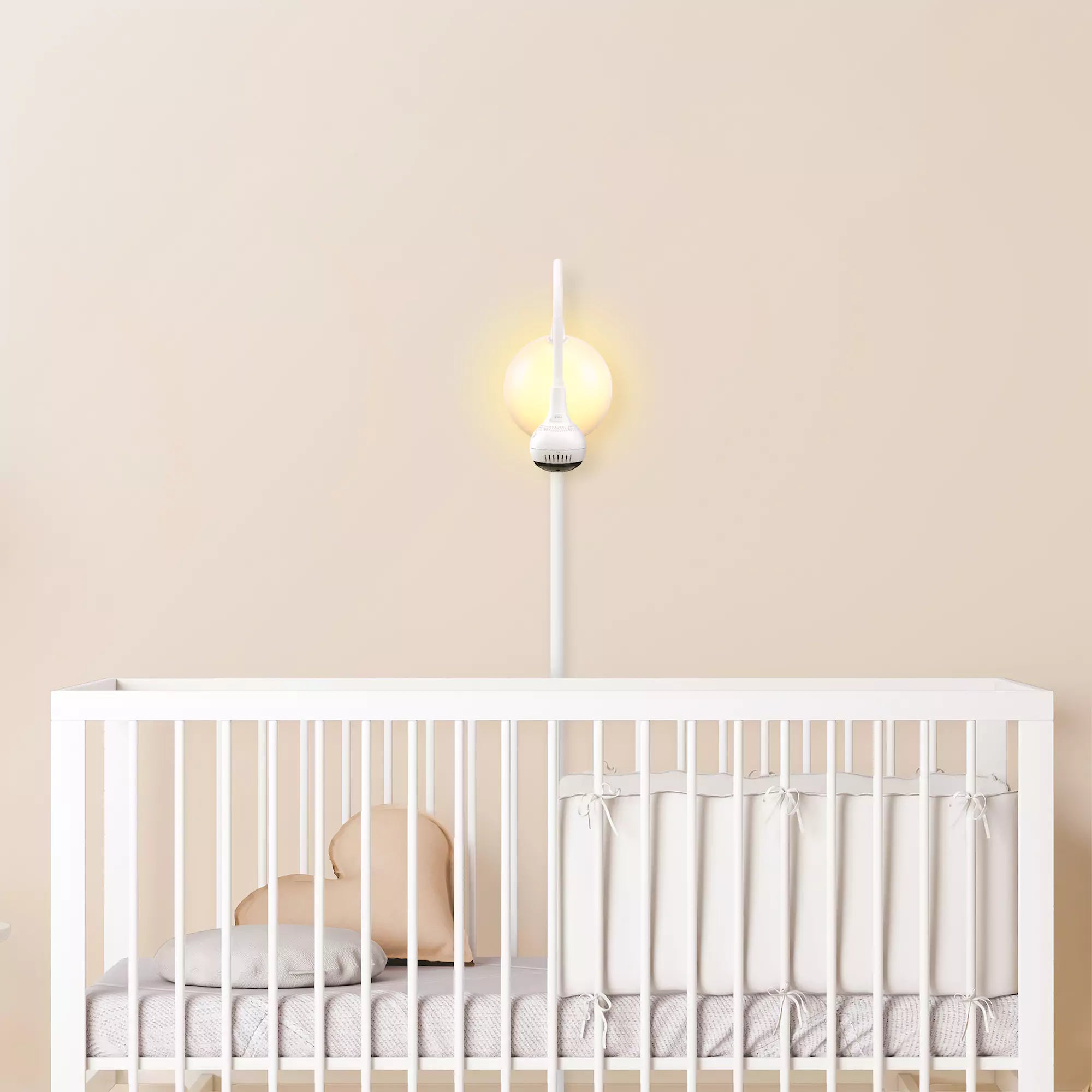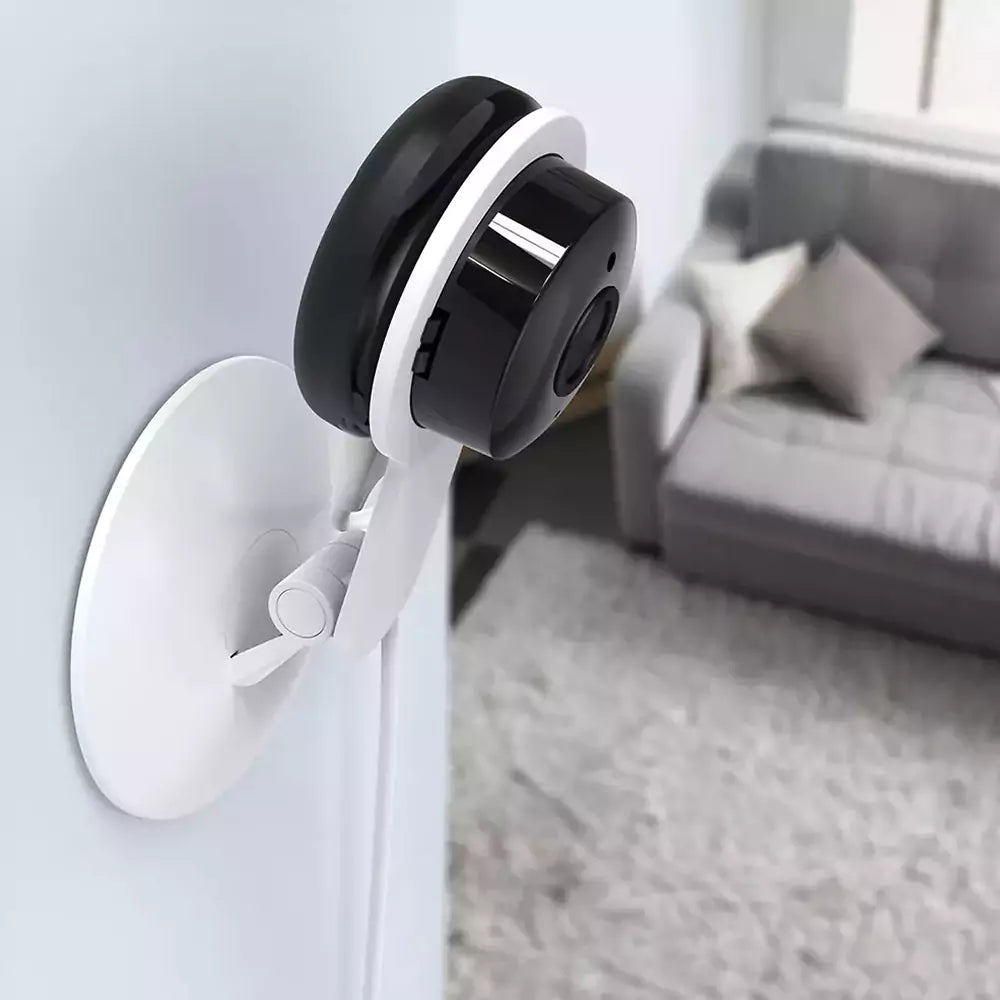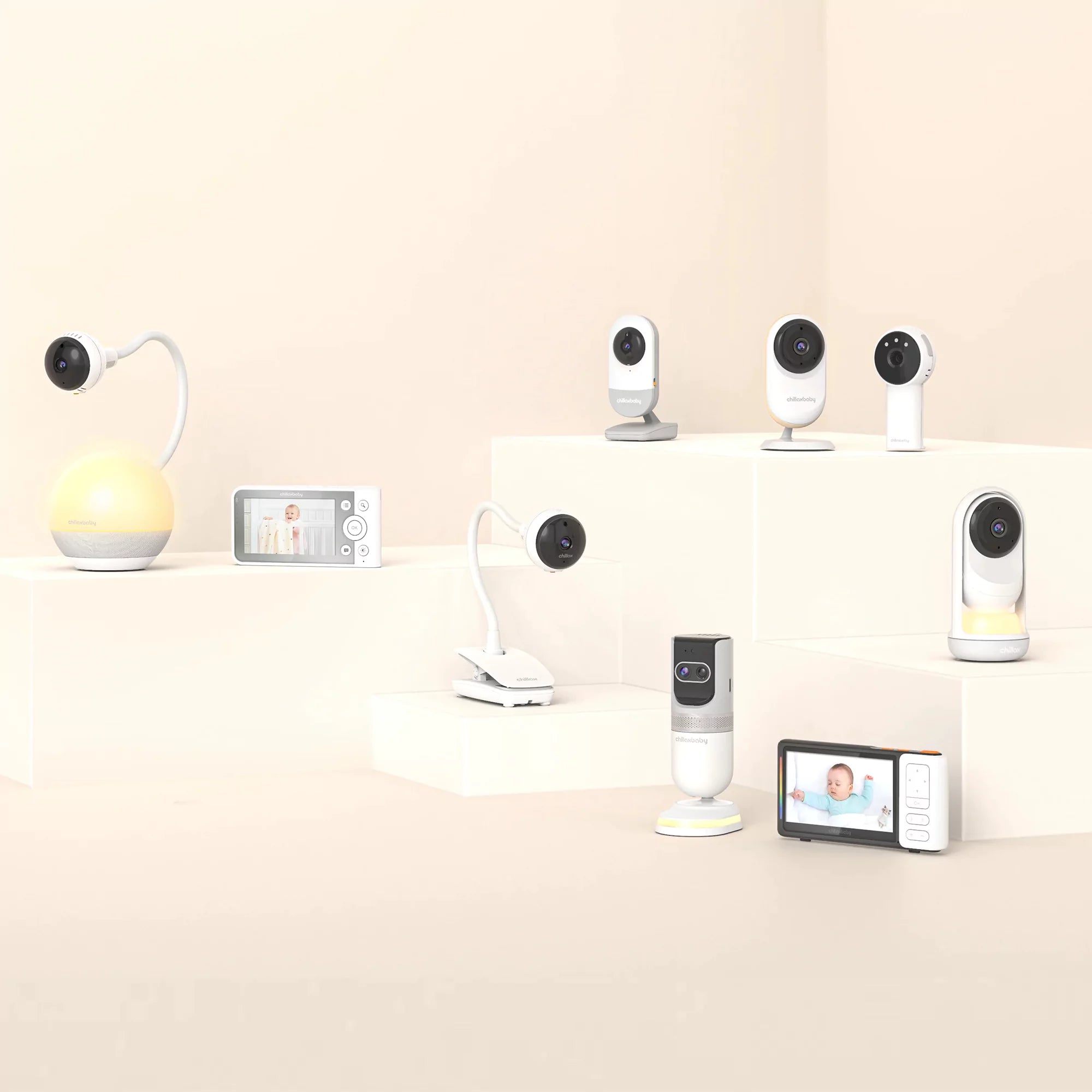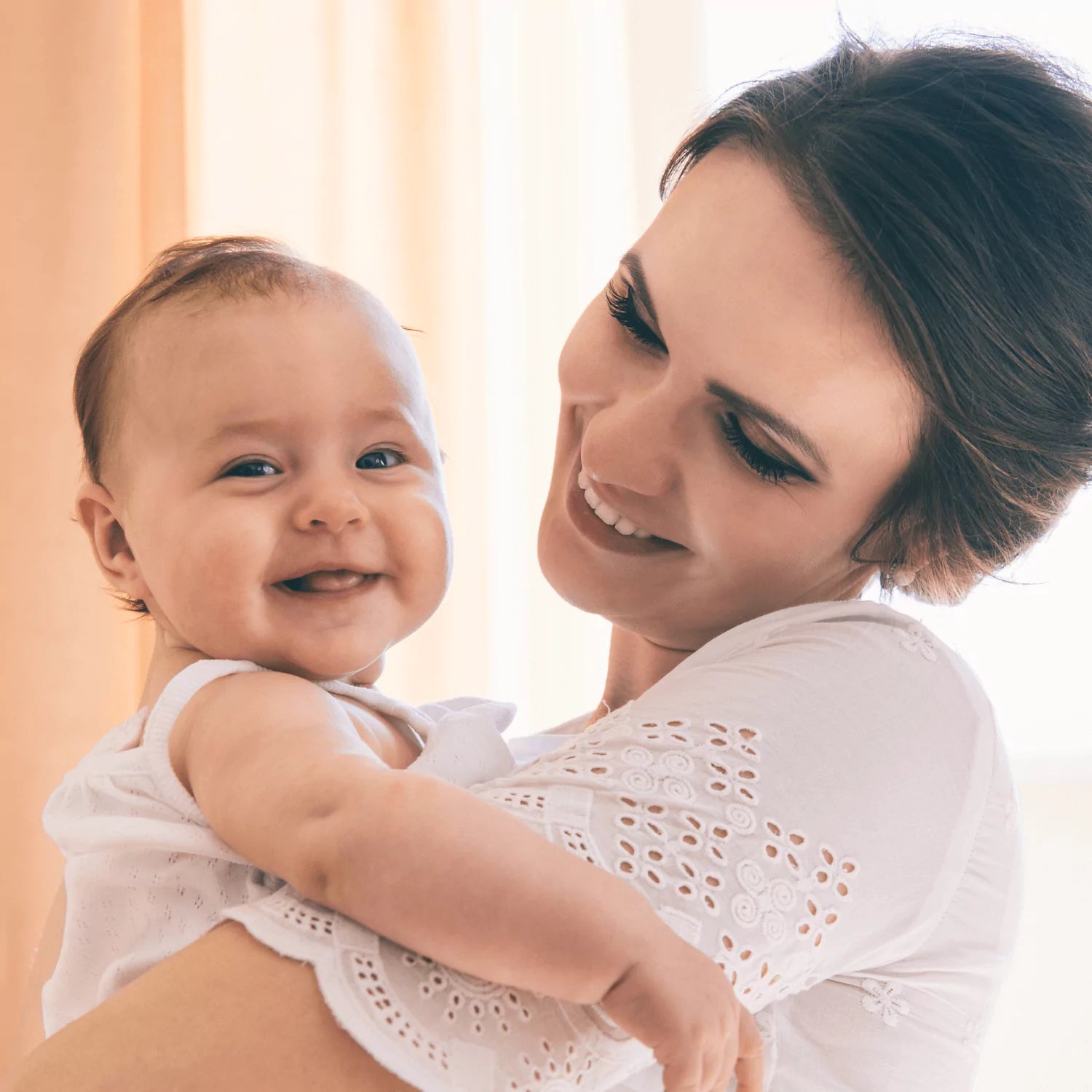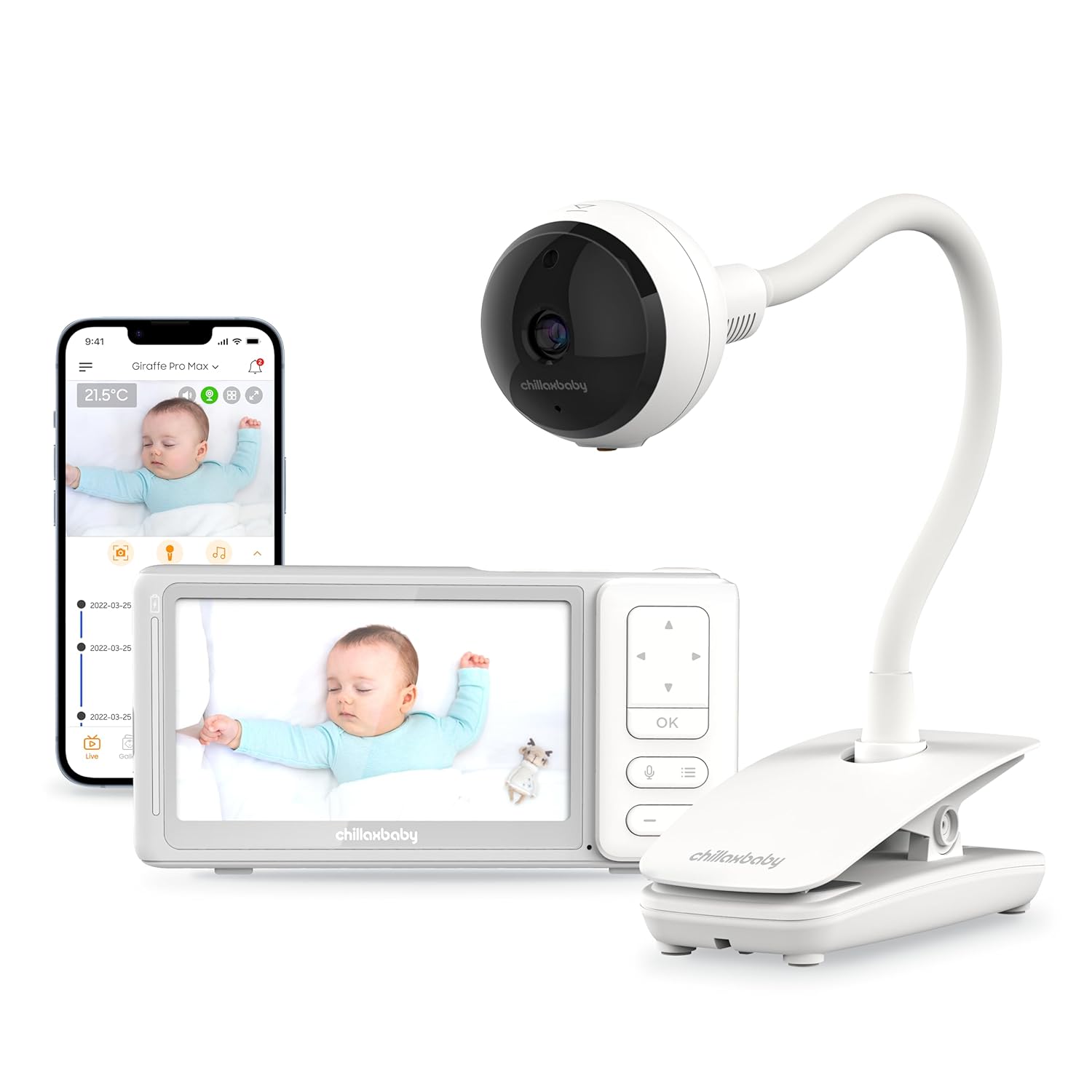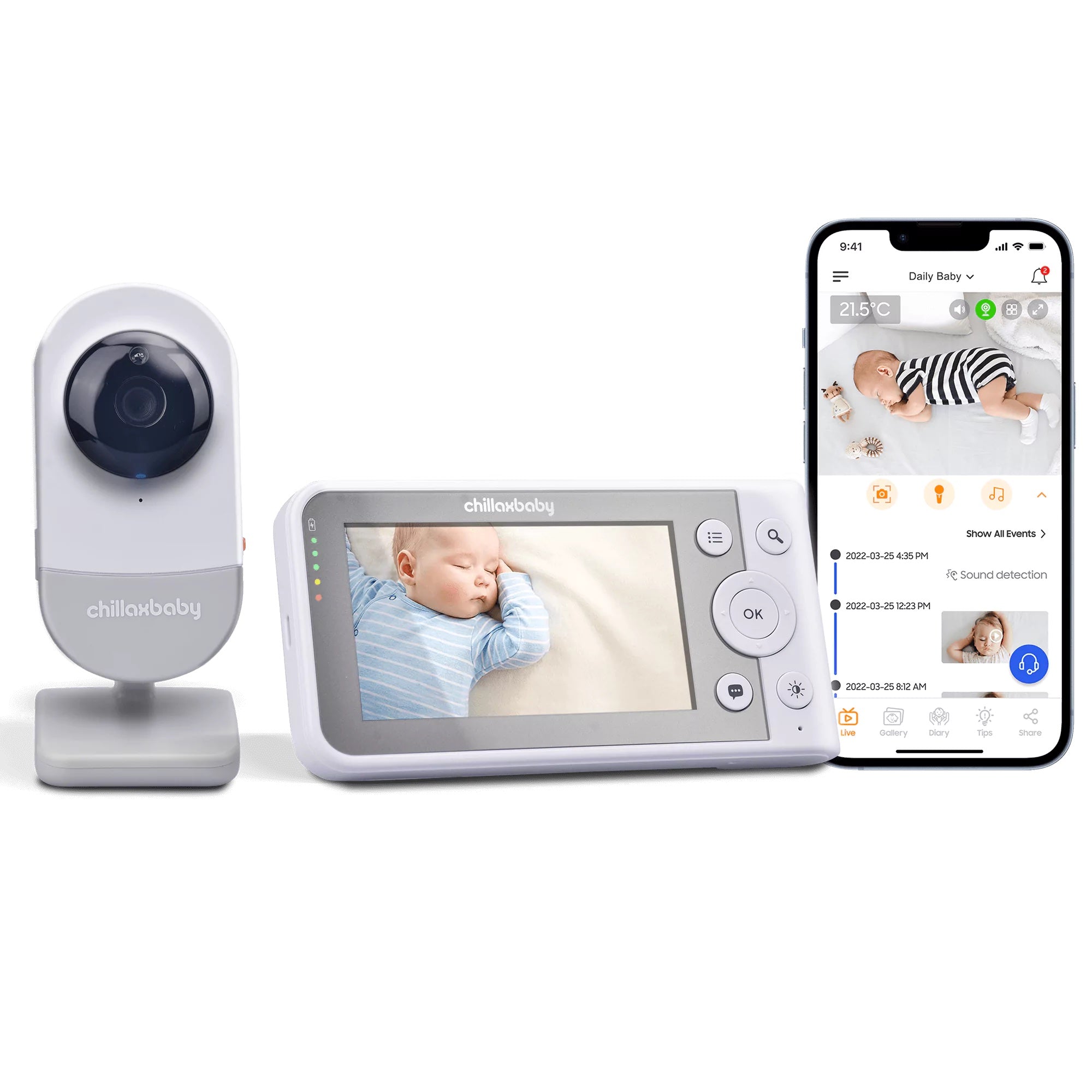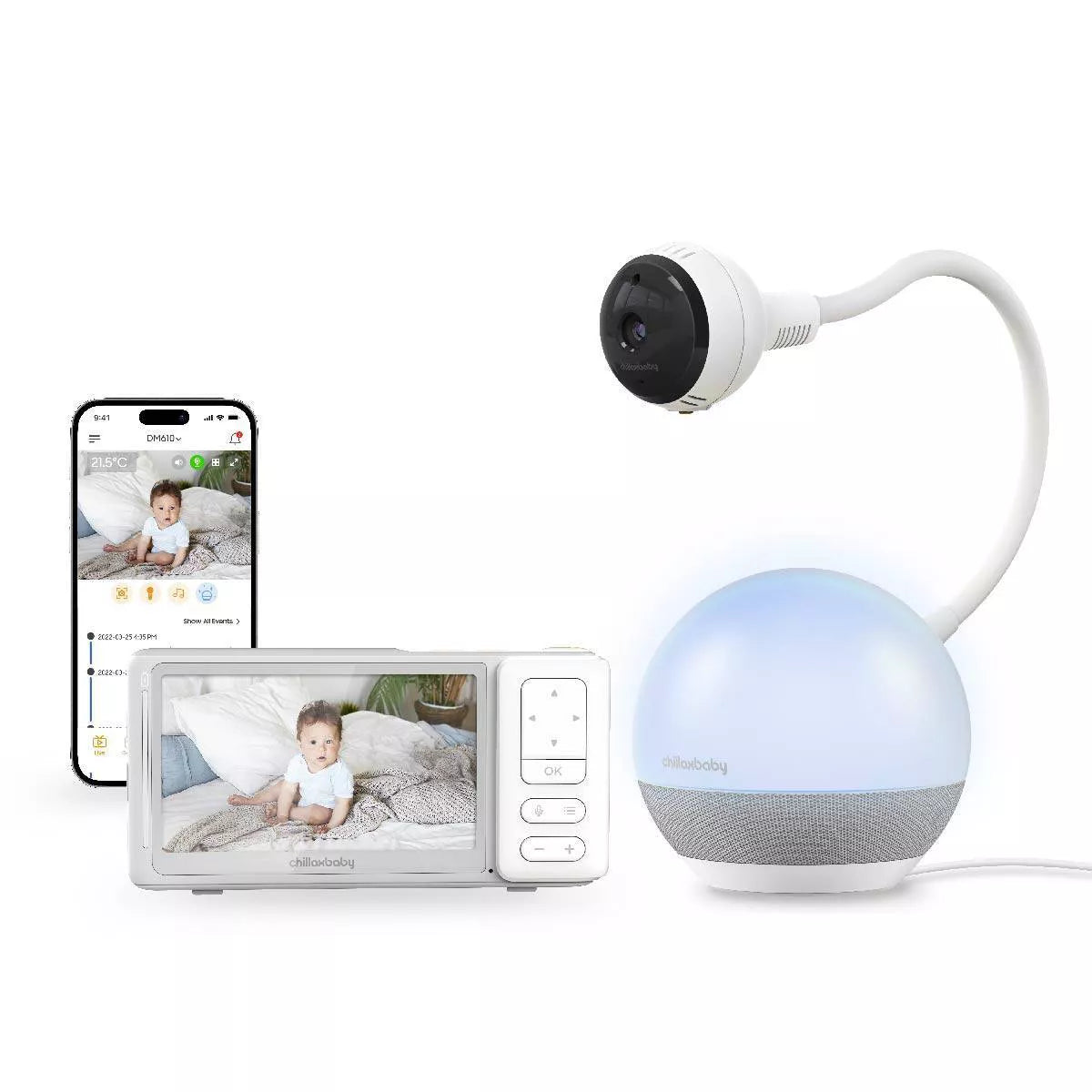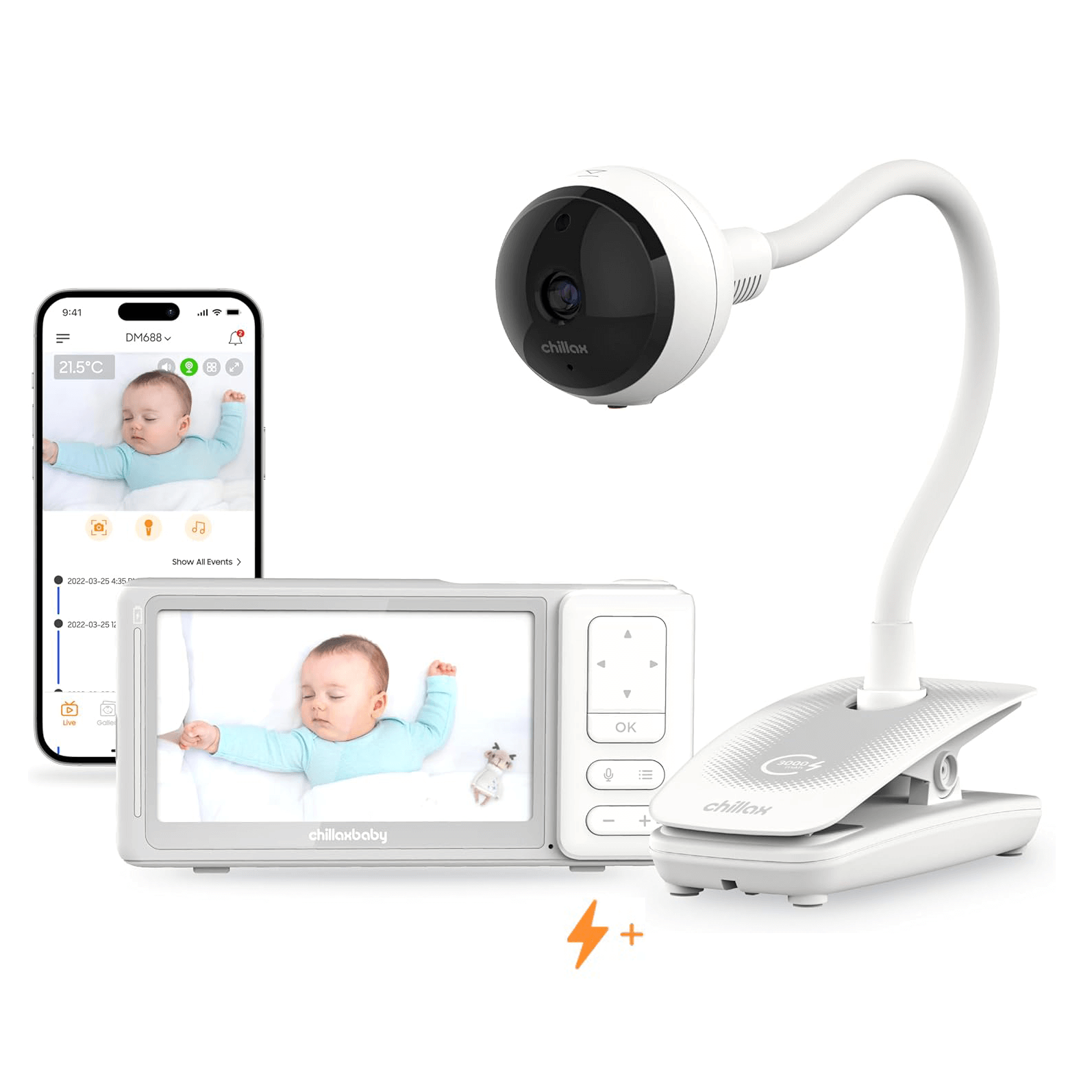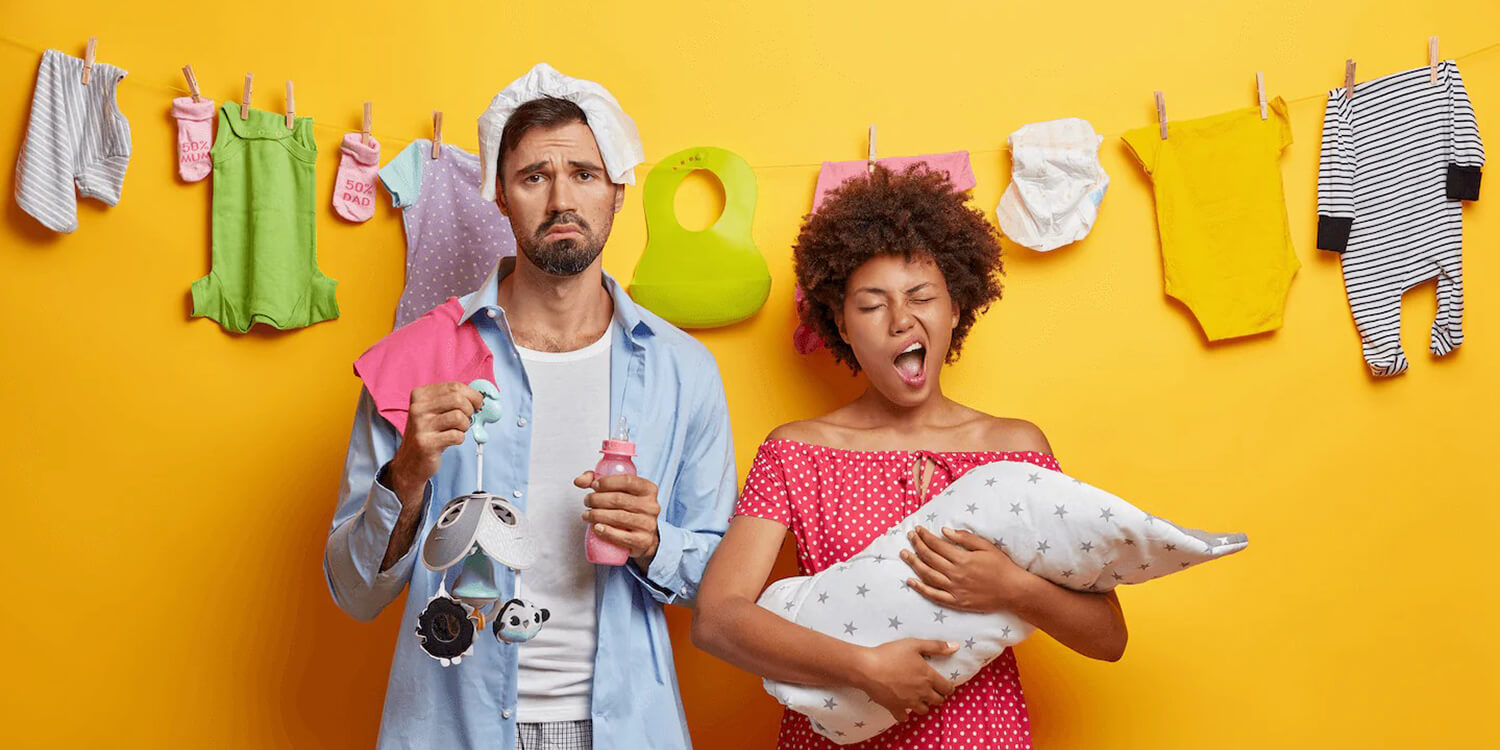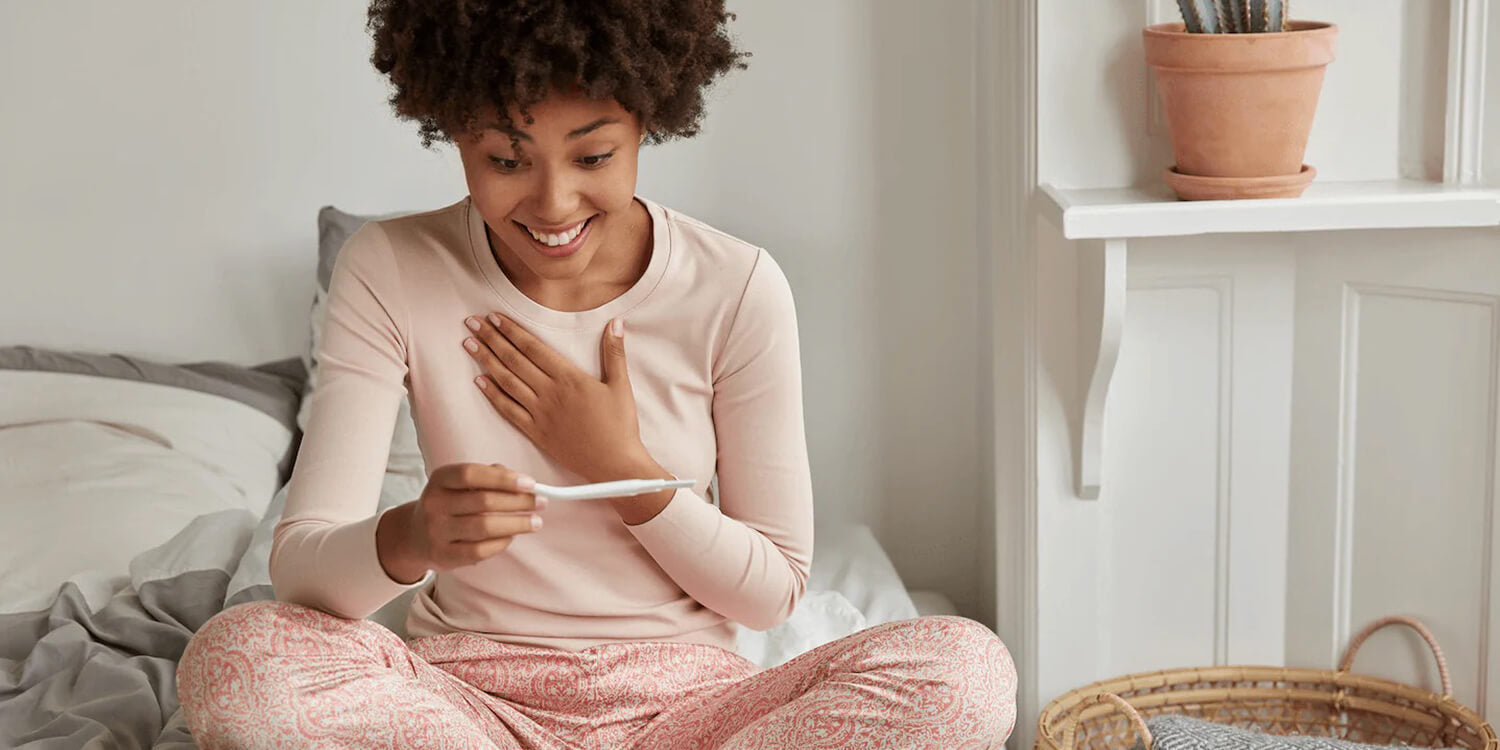Our vision is a wonderful thing that allows us to see everything around us. Did you know that baby vision development takes months to come to full term? A baby’s vision starts out blurry and turns bright in a few months. Below, you will find out more information on your baby’s vision development.
Please note that these estimates are based on due dates. If you baby is born premature the time it takes for vision development can vary. Your doctor will pay attention to your baby’s eyesight with each visit. If you are wondering when is a baby’s vision fully developed this is around ages 3-5. A baby’s vision changes from 20/400 to 20/20 within the first 5 years.
Before the Baby is Born
Before birth, your baby can already start to see bright lights and blurry shapes. Baby vision development in the womb starts at around 20 weeks. A baby in uterus will start to open their eyes between 22 and 27 weeks and at around 31 weeks your unborn child can react to bright lights. In utero, a baby can see the color red.
Baby’s Eyesight at Birth
When a baby is born, their eyes are just starting to develop. The size of their eyes is about 65% of the adult size they will grow to be. Around age 2 they eyes will get a little bigger and will continue to grow until your child is about 20 years of age. Our eyes do not grow anymore once they are fully developed.

Baby color vision development starts at birth. About a week after your little bundle of joy has joined your family it will start to see colors and objects that are about 8-10 inches away. Your baby color vision development has started. It sees black and white at this age and can notice red, like in the womb, some blue and some yellow. The choice of toys and stimulating items at this age should reflect on these colors. Bold colored toys are perfect for this age.
1-4 Months
At 1 month of age, your infant can start to focus on objects about 17 inches away. It will prefer looking at human faces and will start to gaze deep into your eyes. Most babies can start to differentiate a parent from a friend or other family member at this age. Try moving an object from side to side, your baby will start following it. Your newborn can hold its gaze up to 10 seconds at this stage of vision development.
You might notice that your newborn looks cross-eyed, this is normal. Your baby’s eyes are being highly stimulated and are trying to adjust to the new sights around them. At around 3 months your baby will start to reach for objects in its view and be able to focus on things a little further away. This continues to develop over the next few months.
4-6 Months
Between 4-6 months your baby will start to be more interested in toys and pictures. You will notice a constant need to touch new things and observe their own hands and feet. Your baby can focus its attention on things across the room and your little one will like to look at its own reflection in the mirror during this time. You can start to introduce simple games like rolling a ball to help develop hand-eye coordination and you can play games like peekaboo to encourage visual memory. At around 6 months, your baby will be able to grab its pacifier and align it with its mouth, the same for its bottle.
7-9 Months
When your baby starts to crawl and move around on its own its hand to eye coordination will improve even more. Show your baby pictures with familiar faces it will be able to tell people apart and it can find objects that are partially hidden. At this age, your baby can also see small things like breadcrumbs and will try to focus on them to pick them up in its highchair. Hopefully, they are not all on the floor.
9-12 Months
At around 9 months your baby will get better at judging distances. It will be able to pull itself up to stand and it can grasp things between its thumb and forefinger. Your baby’s hand-eye coordination is almost fully developed at this age. Did you know that your baby’s eye color can change from birth? At this age your baby’s eye color has reached its final color. You might need to say goodbye to the baby blues you saw in the first days. Your child will love to look out windows at this age and view things at distance. Using a car mirror can help you see your baby's interest in things it sees from its car seat. You will notice a lot more visual interest and can try to show your baby new things each day to work on visual memory.
1 Year Old

Your baby can see quite well when it comes to things that are near and can even focus on things moving in a distance like a bird through the window in the sky. Hand eye coordination has improved, and they can focus on something across the room, move to it and pick it up. This is a best age to start playing with toys and games like coloring books, small puzzles, and helping to work in the garden. Your baby’s eyesight is at the perfect stage to see it’s candle on its first birthday cake and be able to focus on it to blow it out.
What To Look Out For With Baby Vision Development
Following age-appropriate activities can help train your baby’s eyes as they grow. Baby eye vision problems are rare, and most symptoms are related to normal development, like looking cross-eyed, but if you see anything out of the ordinary or are worried about something please consult your pediatrician for expert advice. Here are a few things to look out for:
- Eye Turning: A cross eyed baby is normal to see in the first few months of its life but if this becomes a constant it might be a problem with eye muscle control.
- Too Many Tears: A crying baby is normal but if you notice their eyes are more watered than usual or get crusty more than usual it could mean that your baby’s tear ducts are blocked.
- Light Sensitivity: If you notice your baby reacts to bright lights in an uncomfortable way you might want to get that checked out. It could mean elevated pressure in the eye.
- Red Eyes: Baby’s with red eyes and crust can be infected. This can easily happen because they are touching many things during the day and rubbing their eyes. Your pediatrician can clear that up quickly with an eye safe cream.
You will see a huge vision change from your baby’s first days to its first birthday party. Your pediatrician will keep track of your baby’s eyesight and let you know how to help with baby vision development and hand eye coordination. If your baby is developing its vision at normal stages, its recommended to see an optometrist at around 3 years of age for your toddlers first appointment.

